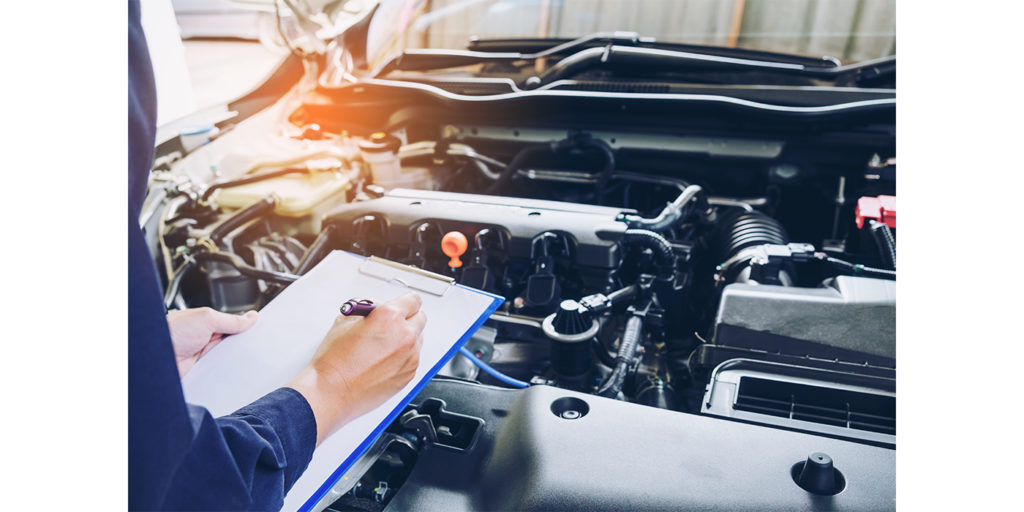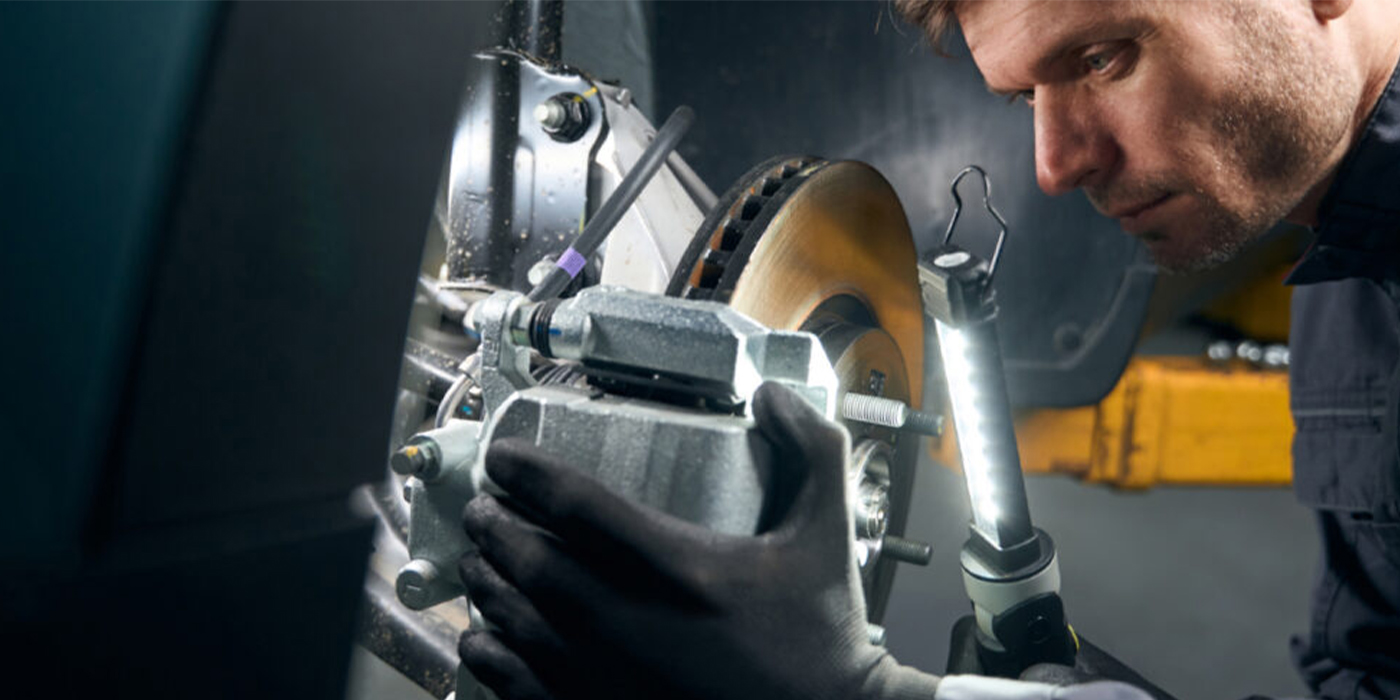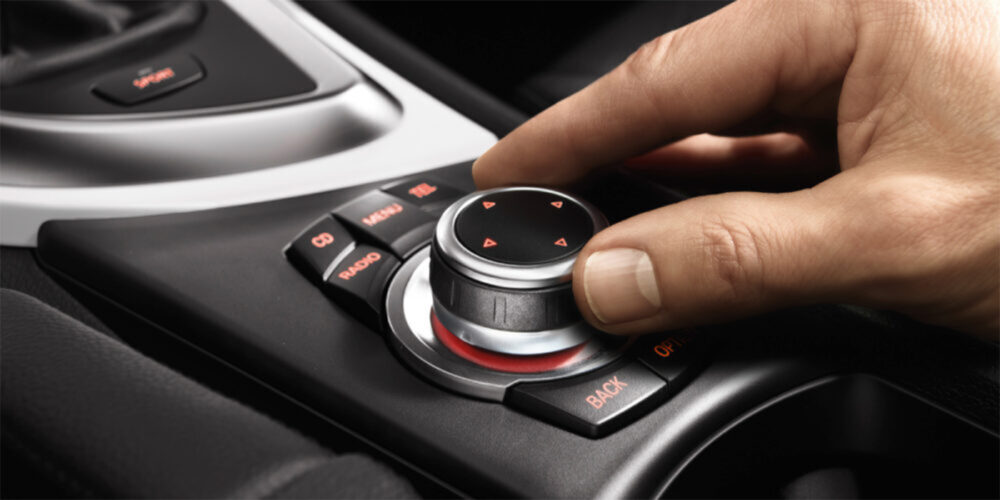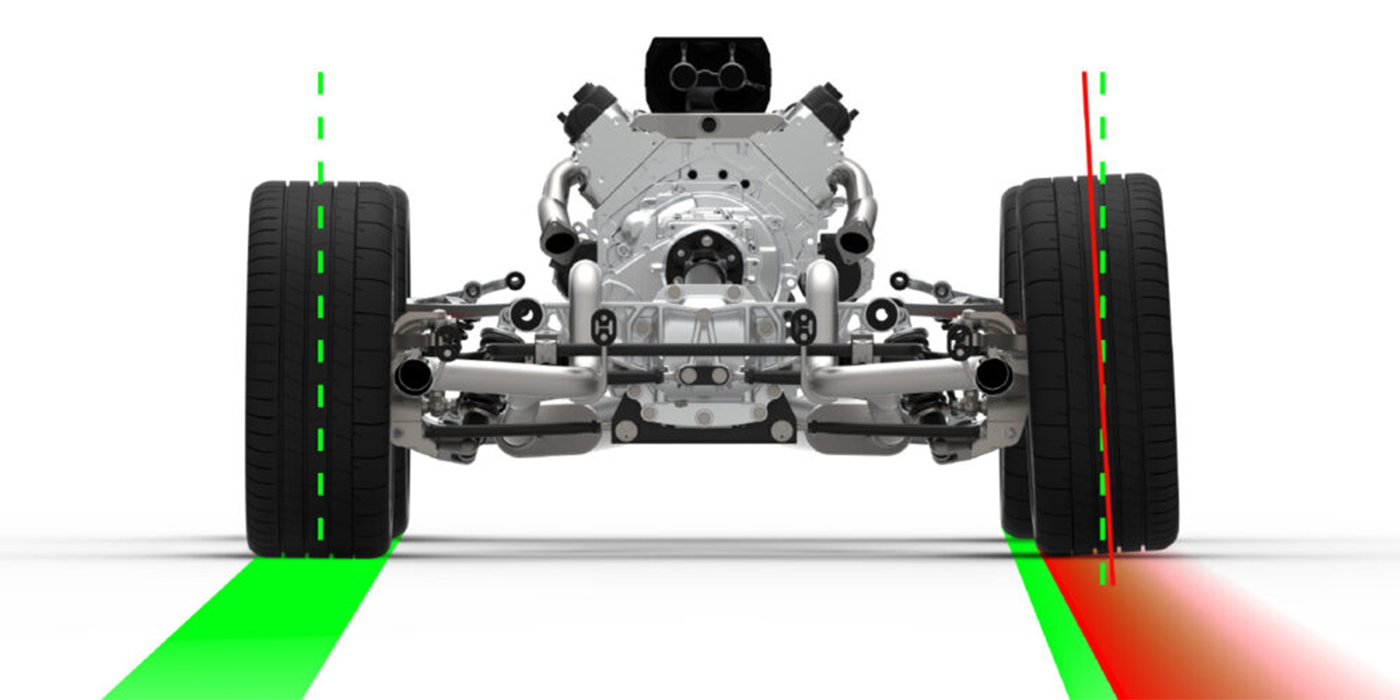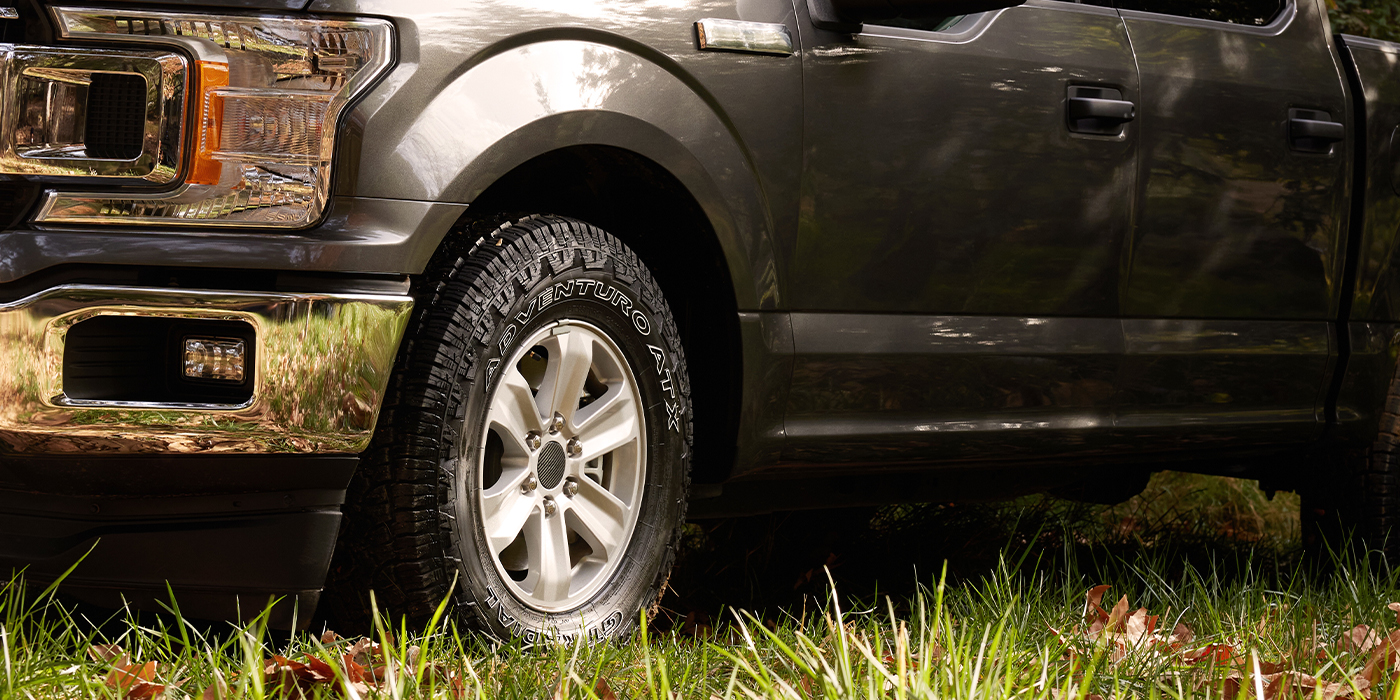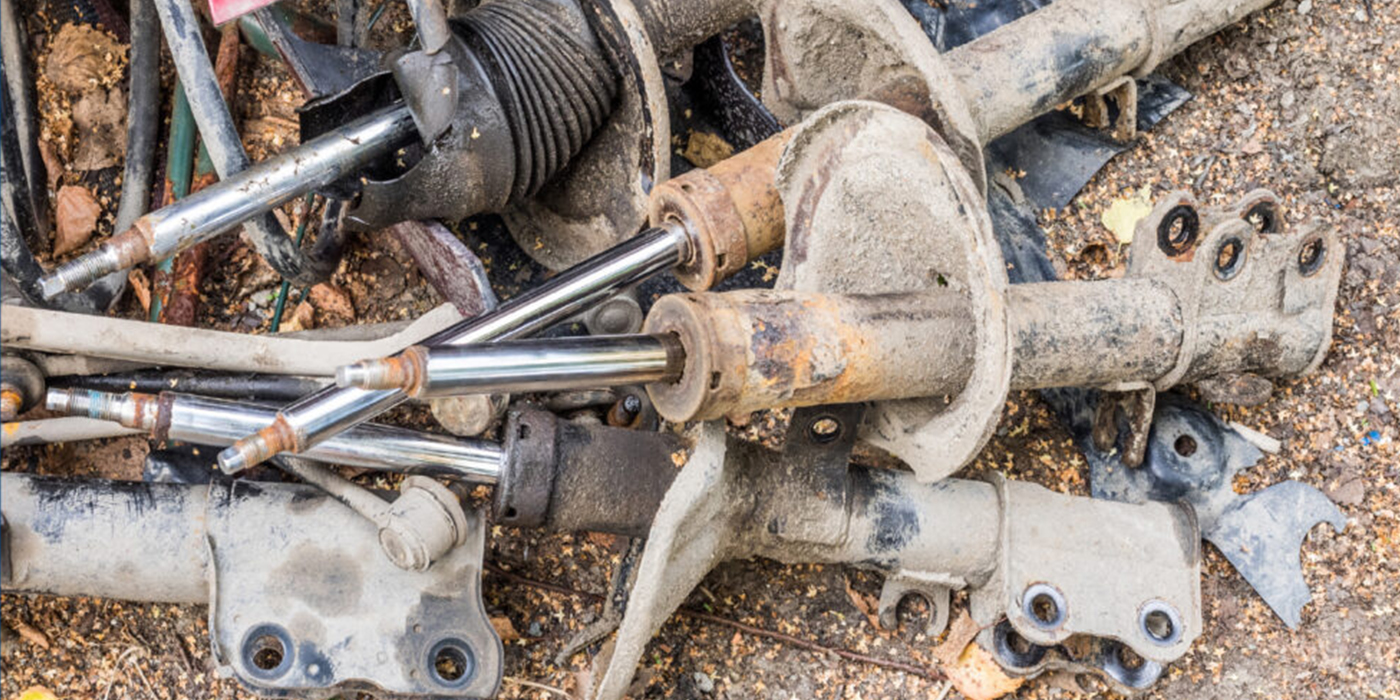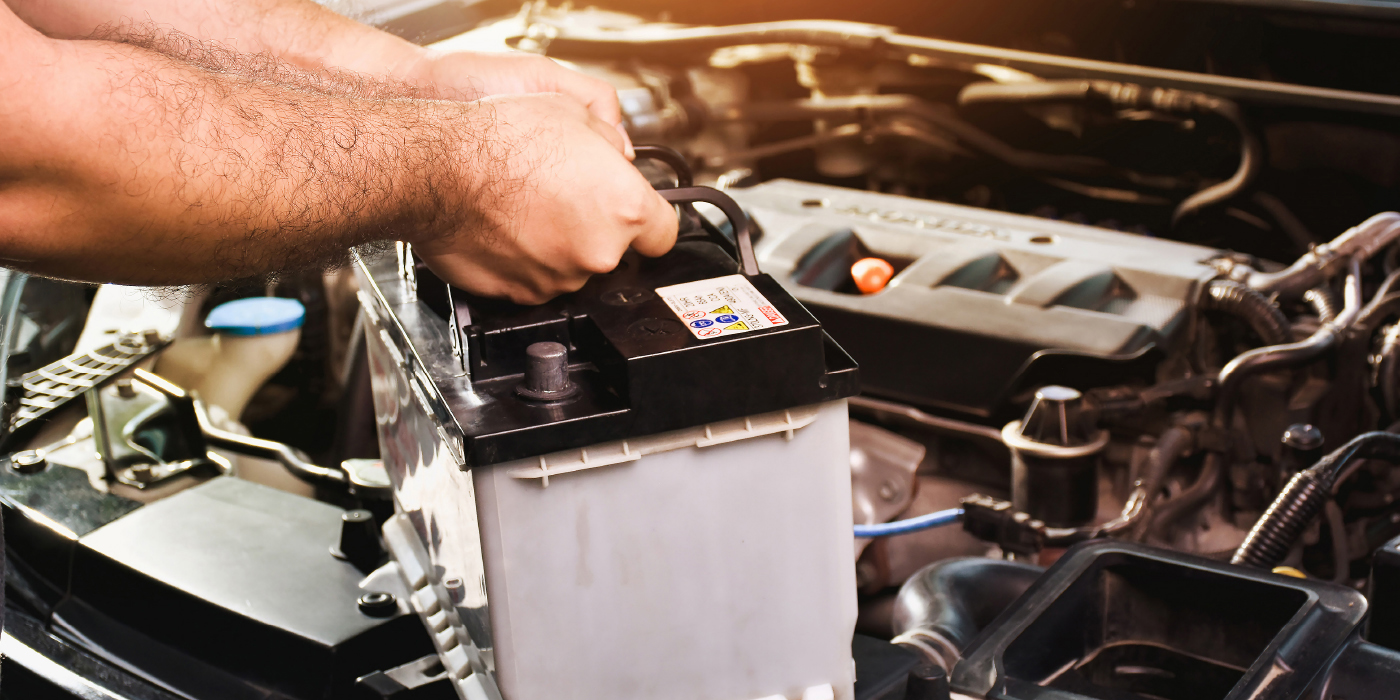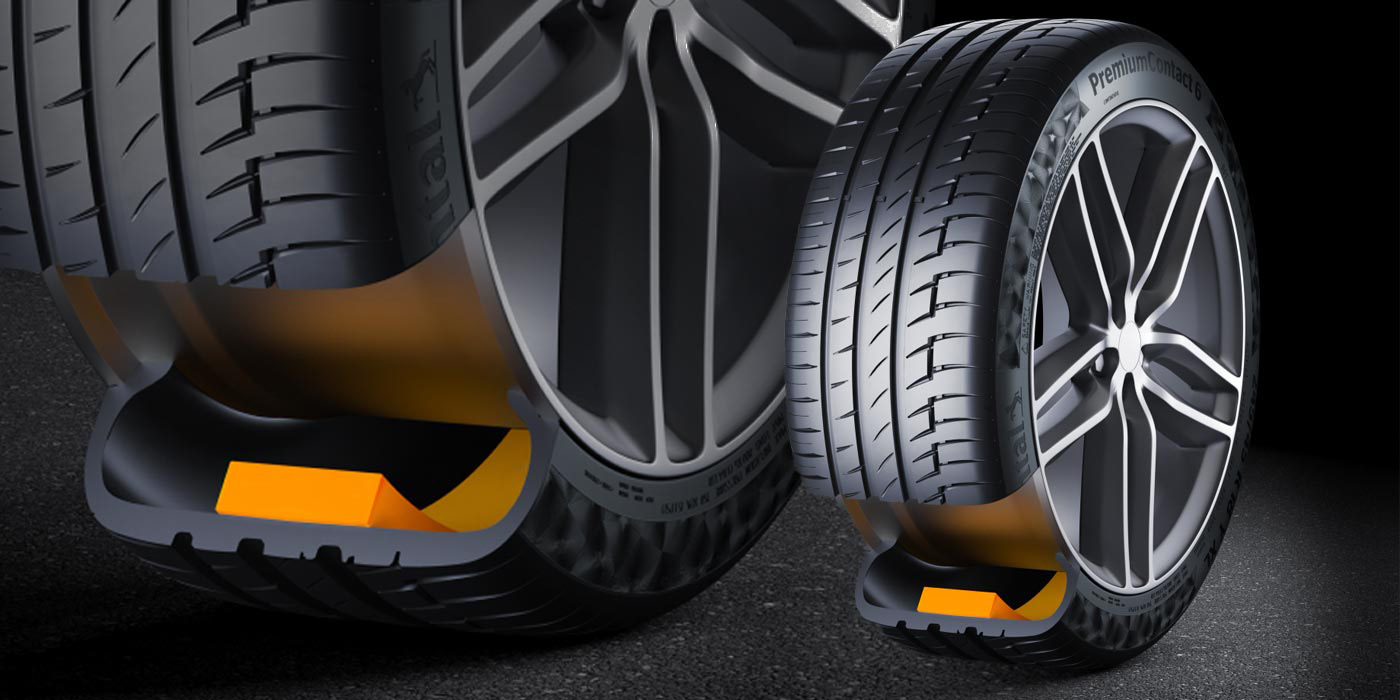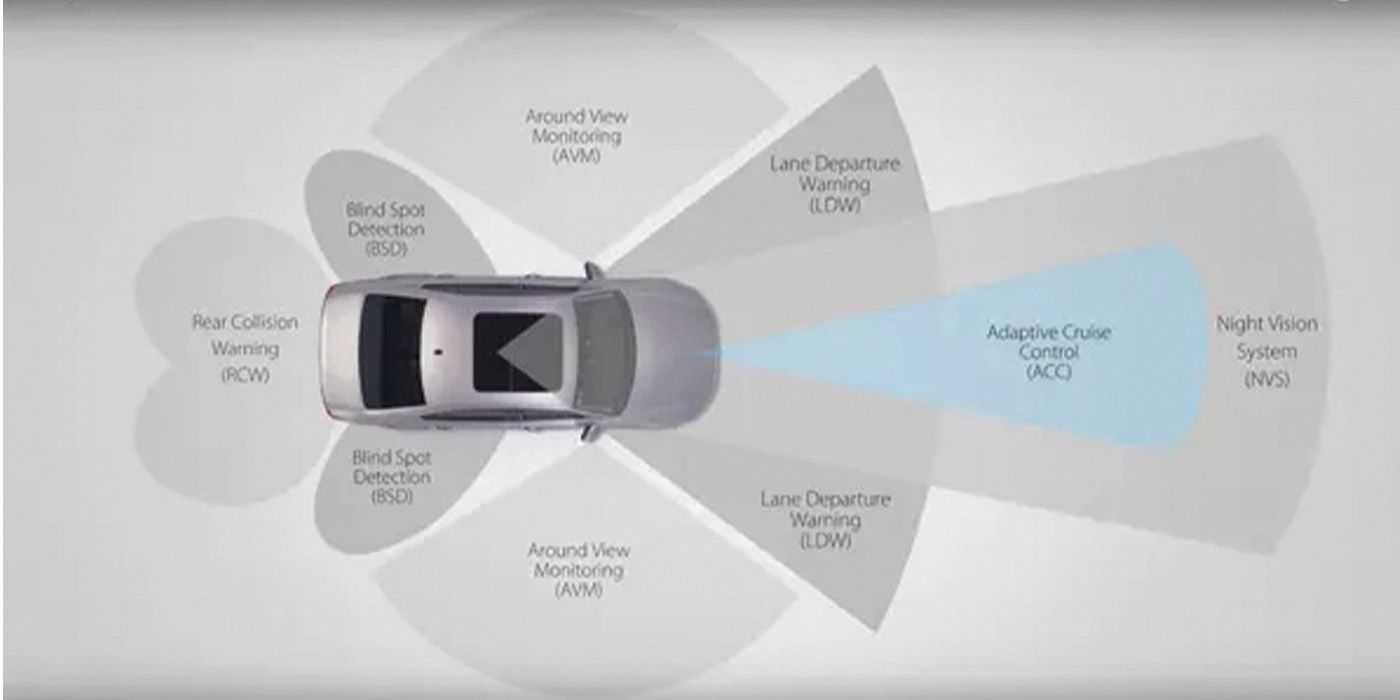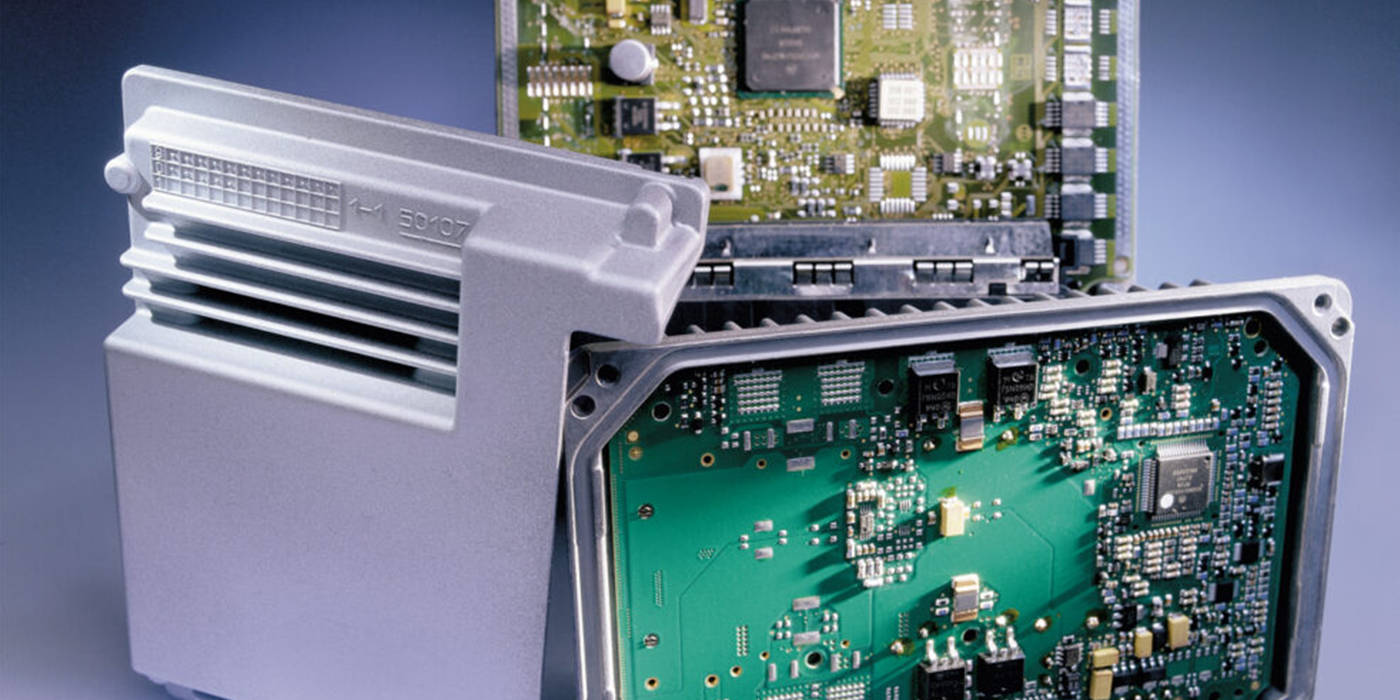California’s AB 471, a measure that would expand the inspection of vehicle safety components and systems, combines the state’s current Brake and Lamp inspection program required for salvage vehicles to be registered by the state Department of Motor Vehicles (DMV), renames it the California Vehicle Safety Inspection Program (CVSIP) and will include additional safety inspection criteria and systems as developed by the California Bureau of Automotive Repair (BAR).
Authored by Assembly member Evan Low (D-Silicon Valley), AB 471, the bill also allows safety certificates to be electronically sent to the DMV by BAR, saving money for the state, and creating convenience for consumers, inspection stations and repair shops.
“We applaud Assembly member Low and BAR for recognizing there is a safety concern with respect to salvage vehicles and taking action to protect consumers. Unfortunately, many of the revived total loss salvage vehicles could have additional safety concerns beyond lamps and brakes, including cracked windshields, illuminated or damaged air bags, faulty seat belts, etc. Yet they still pass inspection and are sold to unsuspecting consumers who think they are purchasing a safe vehicle,” said Rodney Pierini, president and CEO of CAWA – Representing the Automotive Parts Industry and convener of the industry vehicle safety inspection task force. “AB 471 will ensure consumers who purchase a salvage vehicle are purchasing a safe vehicle.”about:blank
AB 471 will also allow BAR to collect additional information from the automotive repair dealer application, including educational and training certifications that are nationally recognized and generally accepted by the automotive repair industry (e.g., Automotive Service Excellence (ASE) & Inter-Industry Conference on Auto Collision Repair (I-CAR) certifications).
“Automotive Repair Professionals spend a considerable amount of time and money training automotive service technicians to properly and safely repair vehicles. Under AB 471, these training certifications would be included on the BAR public website to assist consumers to easily identify auto repair shops that have proper training and certification credentials. I think it’s a win-win for both consumers and automotive repair shops,” said Dave Kusa, Chair of the Automotive Service Councils of California (ASCCA) Governmental Affairs Committee, representing Automotive Service Professionals.
CAWA formed an advisory task force in 2019 to explore options to create a California Vehicle Safety Inspection Program. Led by CAWA, the task force includes the Automotive Service Councils of California (ASCCA), Auto Care Association, Coalition for Automotive Repair Equality (CARE), Automotive Service Association (ASA), Automotive Aftermarket Suppliers Association (AASA), Motor Equipment Manufacturers’ Association (MEMA) and the Association for Sustainable Manufacturing (MERA) and other CAWA member automotive companies.
“I am pleased to introduce AB 471, which seeks to address consumer protection and transparency within the automotive repair industry while expanding our Vehicle Safety Inspection Program,” Assemblyman Low said. “While California has put many laws and regulations into place to provide oversight to the industry and provide greater consumer protection, AB 471 continues to improve upon these advances. I want to thank the Bureau of Automotive Repair and the Department of Consumer Affairs for their dedication to improving the automotive repair industry and protecting consumers from unsafe salvage vehicles”.
Assembly member Low represents the 28th Assembly district in California and is the Chair of the Assembly Business and Professions Committee.
The bill text of AB 471 can be viewed here: https://leginfo.legislature.ca.gov/faces/billNavClient.xhtml?bill_id=202120220AB471

